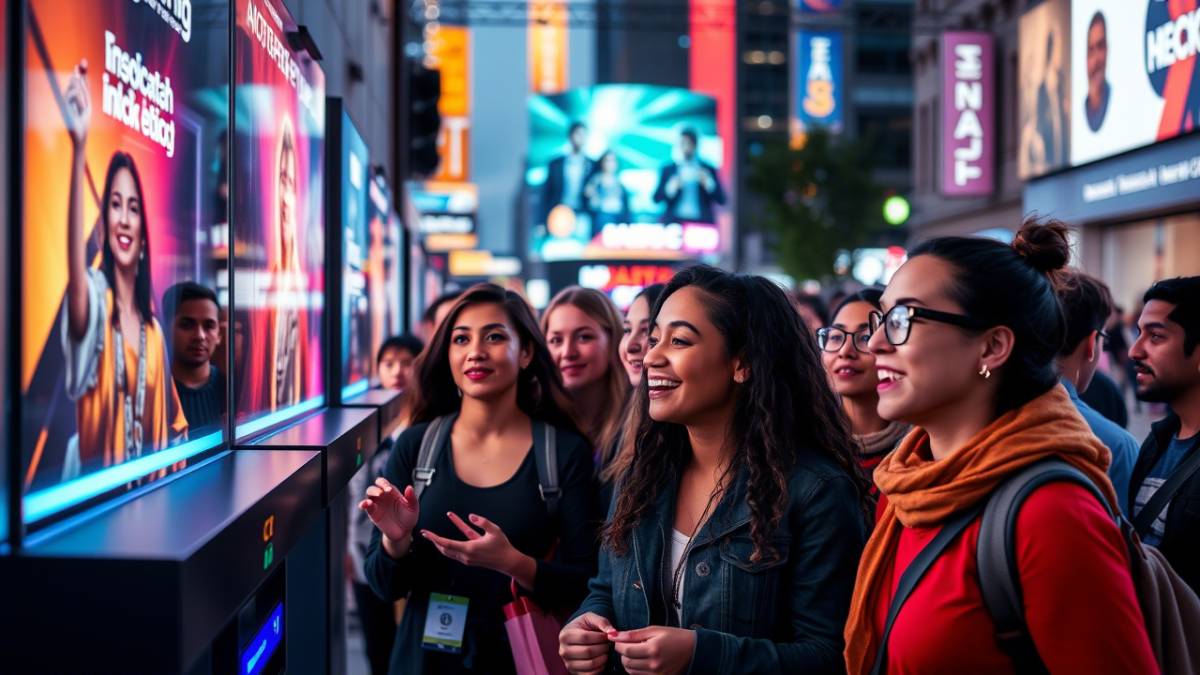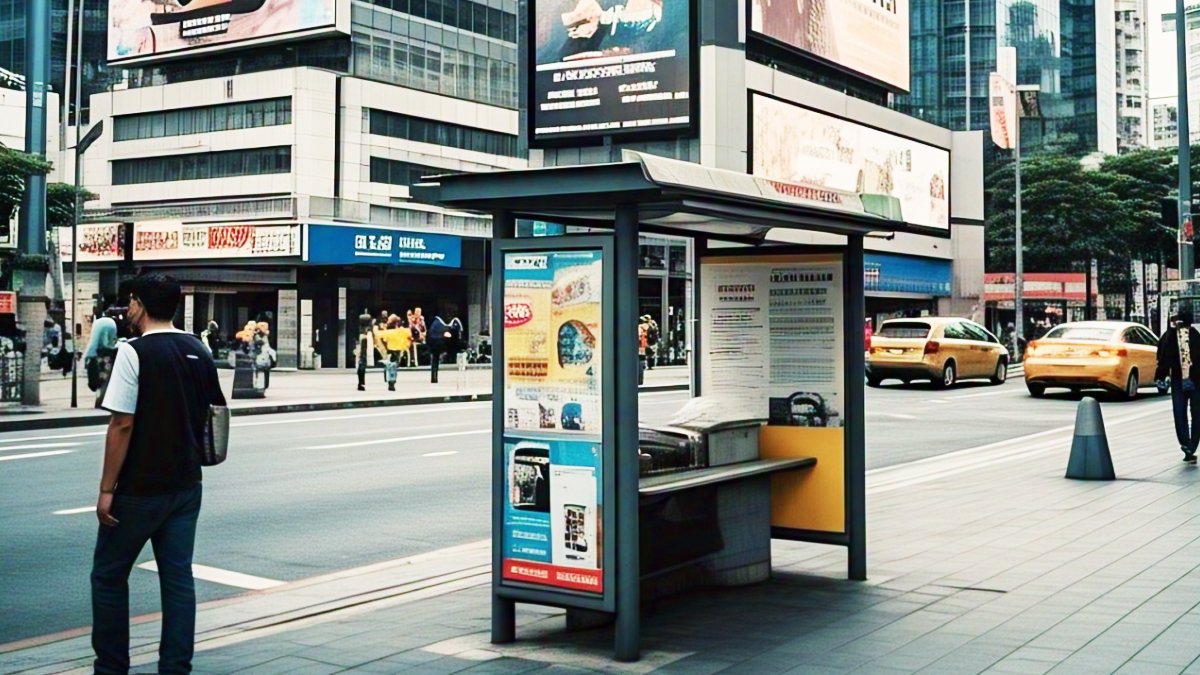In today’s crowded digital landscape, brands are constantly vying for consumer attention. Traditional advertising methods like TV commercials and banner ads are no longer enough to cut through the noise. Enter experiential marketing—a strategy that focuses on creating immersive, memorable experiences that forge emotional connections between brands and their audiences.
If you’re new to digital marketing, understanding experiential marketing is crucial. It’s not just a buzzword; it’s a powerful tool that can help your brand stand out, build loyalty, and drive conversions. In this article, we’ll explore what experiential marketing is, why it matters, and how you can leverage it to grow your brand.
What is Experiential Marketing?
Experiential marketing, also known as engagement marketing or event marketing, is a strategy that focuses on creating real-life, interactive experiences for consumers. Instead of simply telling customers about your product or service, you let them experience it firsthand.
For example, think of a pop-up shop where customers can try out new products, or a live event where attendees can interact with your brand in a fun and engaging way. The goal is to create a lasting impression that goes beyond a simple advertisement.
Why Experiential Marketing Works
- Emotional Connection: Experiences evoke emotions, and emotions drive decisions. When customers feel connected to your brand, they’re more likely to become loyal advocates.
- Memorability: People are more likely to remember an experience than an ad. A study by EventTrack found that 74% of consumers have a more positive opinion about a brand after attending an experiential marketing event.
- Shareability: In the age of social media, experiential marketing events are highly shareable. Attendees often post photos and videos online, amplifying your brand’s reach.
Key Elements of a Successful Experiential Marketing Campaign
To create a successful experiential marketing campaign, you need to focus on the following elements:
1. Clear Objectives
Before diving into planning, ask yourself: What do you want to achieve? Whether it’s increasing brand awareness, launching a new product, or driving sales, having clear goals will guide your strategy.
2. Target Audience
Who are you trying to reach? Understanding your audience’s preferences, behaviors, and pain points is essential for creating an experience that resonates with them.
3. Creativity and Innovation
Experiential marketing thrives on creativity. Think outside the box and come up with unique ideas that will capture attention. For example, Red Bull’s “Stratos” campaign, where Felix Baumgartner jumped from the edge of space, was a groundbreaking experiential marketing event that generated massive buzz.
4. Interactive Elements
The more interactive your campaign, the better. Allow participants to engage with your brand in meaningful ways. For instance, Coca-Cola’s “Share a Coke” campaign encouraged customers to find bottles with their names on them, creating a personalized experience.
5. Measurable Outcomes
How will you measure success? Use metrics like social media engagement, event attendance, and sales conversions to evaluate the impact of your campaign.
Examples of Experiential Marketing Done Right
Let’s look at some real-world examples to inspire your own campaigns:
1. Nike’s Unlimited Stadium
Nike created a 200-meter LED running track in Manila shaped like a shoe. Runners could race against a digital avatar of themselves, creating a fun and competitive experience. This campaign not only promoted Nike’s products but also reinforced its brand message of pushing limits.
2. IKEA’s Sleepover Event
To promote its new store in Australia, IKEA hosted a sleepover event where 100 lucky winners could spend the night in the store. Participants enjoyed bedtime stories, massages, and a gourmet breakfast, creating a memorable experience that generated tons of social media buzz.
3. Taco Bell’s Hotel
Taco Bell took experiential marketing to the next level by opening a pop-up hotel in Palm Springs. The hotel featured Taco Bell-themed rooms, a poolside bar serving Taco Bell-inspired cocktails, and, of course, plenty of tacos. This quirky campaign perfectly aligned with the brand’s fun and youthful image.
How to Get Started with Experiential Marketing
If you’re ready to dive into experiential marketing, here’s a step-by-step guide to help you get started:
1. Define Your Goals
Start by identifying what you want to achieve. Are you looking to increase brand awareness, drive sales, or launch a new product? Your goals will shape your entire campaign.
2. Know Your Audience
Conduct research to understand your target audience’s preferences, behaviors, and pain points. This will help you design an experience that resonates with them.
3. Brainstorm Creative Ideas
Think about how you can bring your brand to life in a way that’s unique and engaging. Consider using technology, storytelling, or interactive elements to create a memorable experience.
4. Plan and Execute
Once you have a solid idea, it’s time to plan the logistics. This includes choosing a location, setting a budget, and coordinating with vendors and partners.
5. Promote Your Event
Use social media, email marketing, and other channels to spread the word about your event. Create buzz by teasing the experience and encouraging people to share it online.
6. Measure Success
After the event, analyze the results to see if you achieved your goals. Use metrics like attendance, social media engagement, and sales to evaluate the impact of your campaign.
The Role of Tech
Technology plays a crucial role in modern experiential marketing. Here are some ways you can leverage it:
1. Virtual Reality (VR) and Augmented Reality (AR)
VR and AR can create immersive experiences that transport users to another world. For example, Marriott used VR to give potential customers a virtual tour of its hotels.
2. Social Media Integration
Encourage attendees to share their experiences on social media by creating photo-worthy moments or using event-specific hashtags.
3. Data Collection
Use technology to collect data on attendees, such as their contact information and preferences. This data can be used to personalize future marketing efforts.
Challenges
While experiential marketing offers many benefits, it’s not without its challenges:
- High Costs: Creating immersive experiences can be expensive.
- Logistical Complexity: Planning and executing events requires careful coordination.
- Measuring ROI: It can be difficult to quantify the impact of experiential marketing.
However, with careful planning and execution, these challenges can be overcome.
Conclusion
Experiential marketing is a powerful tool for creating meaningful connections between brands and consumers. By focusing on creating memorable, interactive experiences, you can stand out in a crowded marketplace and build lasting relationships with your audience.
As you embark on your experiential marketing journey, remember to stay creative, know your audience, and measure your results. With the right strategy, you can create experiences that not only engage your customers but also drive real business results.
Frequently Asked Questions (FAQs)
1. What is the difference between experiential marketing and traditional marketing?
Traditional marketing focuses on promoting products or services through ads, while experiential marketing creates immersive experiences that allow customers to interact with the brand.
2. How can small businesses use experiential marketing?
Small businesses can start with simple, low-cost ideas like hosting a workshop, creating a pop-up event, or using social media to engage customers in real-time.
3. What are some low-budget experiential marketing ideas?
- Host a free community event.
- Create a pop-up photo booth.
- Offer free samples or demos.
4. How do you measure the success of an experiential marketing campaign?
Use metrics like event attendance, social media engagement, website traffic, and sales conversions to measure success.
5. Can experiential marketing work for online businesses?
Yes! Online businesses can use virtual events, webinars, or interactive online experiences to engage their audience.
By incorporating experiential marketing into your strategy, you can create unforgettable experiences that leave a lasting impression on your audience. Start small, think creatively, and watch your brand come to life in ways you never imagined!



